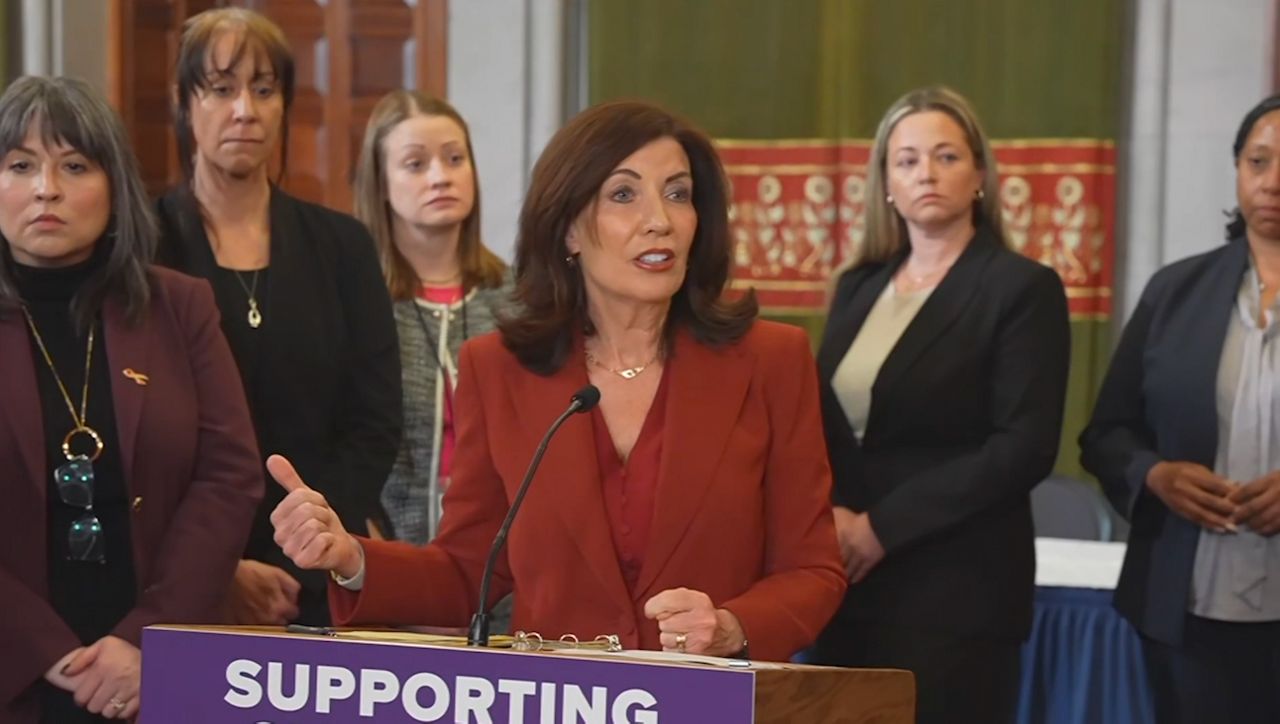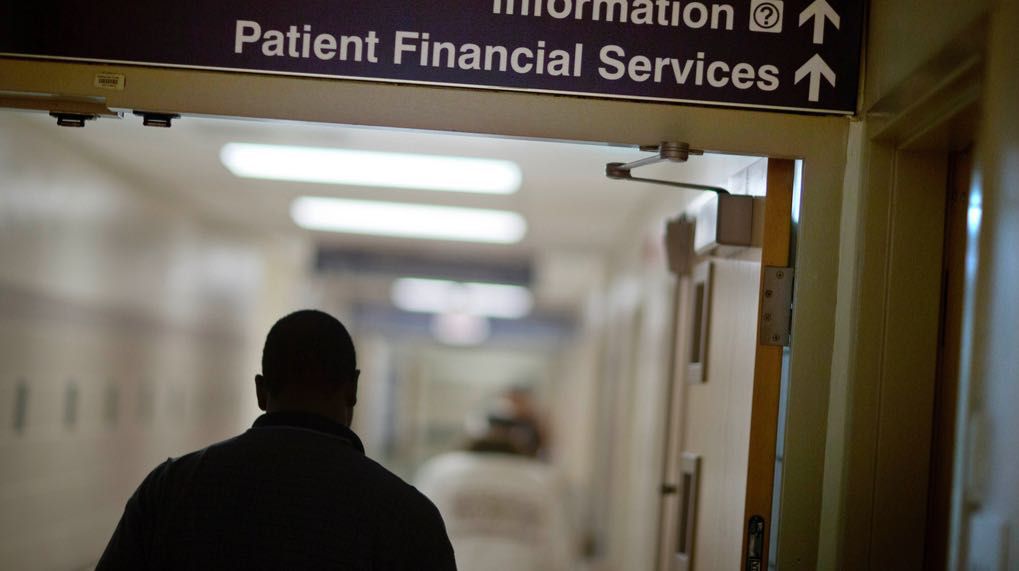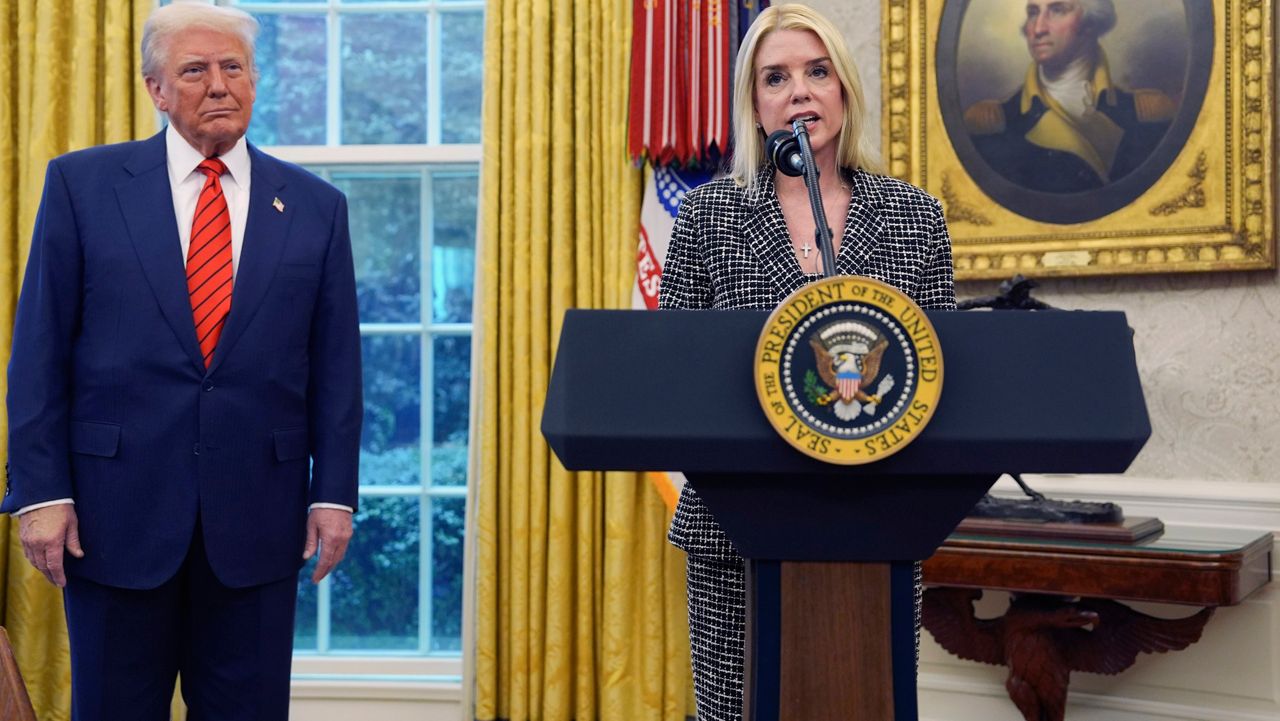One of the major topics this state budget cycle was K-12 education funding, and whether Gov. Kathy Hochul’s proposal to make changes to the Foundation Aid formula would survive the negotiating process after legislative leaders came out against it.
The governor announced a “conceptual” budget agreement Monday that she said commits $36 billion to education, the highest in state history.
What isn’t included, she said, is one of her two proposals to tweak the Foundation Aid formula — the elimination of "Hold Harmless," also known as "Save Harmless." That proposal was eliminated with the announcement that changes to the formula will come in next year’s budget.
She said in the meantime, the Rockefeller Institute will conduct a study of the formula with input from the state Education Department.
Bob Lowry, deputy director of the New York State Association of School Superintendents, says the handshake agreement and the limited information that has made its way to education leaders is good news when it comes to "Hold Harmless," which ensures that if the existing Foundation Aid formula calculates an aid amount that is less than the previous year, Foundation Aid for that district remains the same.
“It’s a mixed bag with still a lot of details to be resolved,” he said. “Districts will receive what they got last year, no cut in aid.”
As districts prepare their own budgets, the other aspect of the governor’s plan to moderate education spending will go forward albeit in a more limited capacity.
Her proposal to set the formula’s inflation factor at 2.4% got a modest bump to approximately 2.8%, according to Budget Director Blake Washington, but Lowry says that will generate figures that are still less than what districts were planning for until the governor announced her executive budget in January.
“That means that for districts that were anticipating an increase under the formula now in law, they would get a smaller increase,” Lowry said.
Washington told reporters Monday that without that action, the inflation factor would have generated growth of nearly 5%.
After significant increases in recent budgets and no elimination of "Hold Harmless" for now, he stressed the inflation factor was the area to target this year.
“We put record amounts of state funds into school districts so we think it was an appropriate step this year to moderate state spending on that side,” he said.
For her part, Gov. Hochul has stressed all session that population loss and hefty school reserves in some districts contributed to her deciding to take a second look at the outdated formula, framing the proposal as starting a conversation that will spill into a more refined outcome next year.
“Many schools have more resources than ever before,” Hochul said, while noting there has been a 10% decline in enrollment in recent years. “In the long-term, it just doesn’t make sense to keep paying for empty seats in classrooms.”
A study of the Foundation Aid did have the support of the state Senate and Assembly in their budget rebuttals. Whether pushing to conduct that review over the next year will put districts in a similar situation of uncertainty when it comes to Foundation Aid next budget cycle, Assembly Speaker Carl Heastie didn’t speculate Tuesday afternoon.
“I said to ya’ll early on that I thought the Foundation Aid formula needed to be revisited. It’s using almost 20-year-old data,” he said. “I don’t know what the outcome of that is going to be.”
While we know the Rockefeller Institute will lead, the State Education Department involved to some degree, to what degree is not clear, nor is the long term future of "Hold Harmless."
Lowry said he is warning districts that this week’s announcement could be a “live to fight another day” scenario.
“If this review goes forward, there might be a more thought out proposal on how to address 'Save Harmless' funding than what was proposed,” he said. “A change in 'Save Harmless' would mean potentially year-to-year reductions in aid to some districts.”
Beyond "Hold Harmless," he stressed the need to have adequate resources provided to the Rockefeller Institute and the state Education Department, saying that outside research could be needed to study the finer details of the formula.
“There is a regional cost adjustment in the formula which recognizes that it costs more to provide the same services in some parts of the state than others, that’s an area where we feel that outside expertise would be required,” he said.
He also cited the expanded resources schools provide now as compared to when the formula was created in 2007, calculating a standard per pupil amount, and how ENL programs and poverty levels are factored into the formula as other issues that need to be studied.









